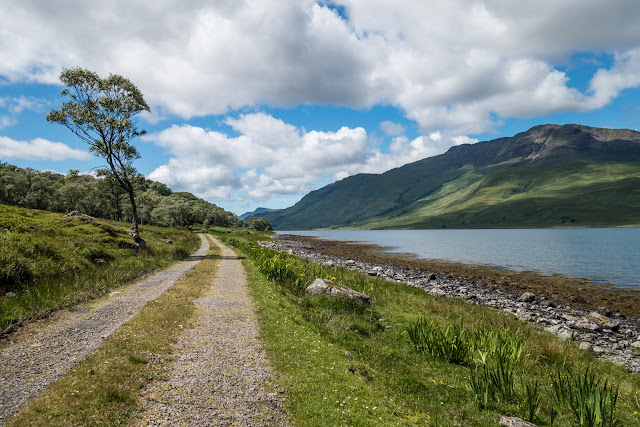Ingleborough Caves
After yesterdays strenuous walk amongs the Falls, our walk through the nature trail to the Caves sounded a bit easier - thankfully. accordinng to the official literature:
"Ingleborough Cave is found in the heart of the Yorkshire Dales National Park. It was first discovered in 1837 by brave Victorian explorers who drained away a lake and went on to discover 1/2km of previously unexplored passages delving deep beneath Ingleborough mountain, with only candles to guide them!
Today, the cave is well lit, and you can follow in the footsteps of those pioneers on an awe-inspiring voyage of discovery! A well-lit concrete footpath leads visitors through a kilometre of passages, past breath-taking stalactites, stalagmites and flowstones, brought to life by formations and artefacts dating back millions of years! The well maintained Ingleborough Estate Nature Trail wends its way just over a mile through the beautiful woodland, past the lake, the money tree and Aunt Bessie’s Grotto, before emerging at the imposing entrance to Ingleborough Cave."
Starting on a pleasant morning in Clapham Village, we started our 1 mile plus walk toward out destination.
Clapham Falls
Clapham Falls (above) is one of a series of artificial waterfalls just outside the village of Clapham. The falls were originally constructed by the Farrar family (the owners of the Ingleborough Hall estate) as the outflow for Clapham Lake. For many years the falls were shrouded in trees, but these have now been cut back and the falls can now be viewed from the top end of village, as you start the walk.
Clapham Lakes
A man-made lake built and expanded in the 19th century. This provided pressure for the water turbines and the drinking water supply, while the outflow fed an artificial waterfall at the top of the village.
Aunt Beth`s Grotto, Ingleborough Hall
Constructed early in the 19th century, this rocky grotto was built in the grounds of Ingleborough Hall, home to the Farrer family. Later it was a favoured spot of Elizabeth Farrer (1853-1937), and has thus became known by the wonderfully comforting name of Aunt Bessie’s Grotto. Here tea was served by the staff, whilst the family enjoyed the wonderful view to Thwaite Scars.
The unusual grotto, constructed out of large weather and water-formed stones, is named as the ‘Station’ on the first edition Ordnance Survey map surveyed in 1846-7. The word ‘station’ was popularised by Thomas West in his A Guide to the Lakes, first published in 1778. West recommended a number of viewpoints, or stations, from which the best vistas could be appreciated. However on the tithe map of 1847 it is called the Grotto, and by the end of the century it was marked as such on the revised OS map.
Then into the cave. Floodlit I know, but I had difficulty photographing it. (I later found I had changed a camera setting in error!) However, above are a couple of my images showing the types of wonderful structure throughout the cave. Stalagmites and stalactites everywhere. Stunning! It really was worth the visit.
The beck that emerges at the cave and runs down to Clapham. I wondered why a beck and not a river as in Suffolk but In the North of England its a word of Old Norse origin that also means a small stream or brook: a beck. Beck is often used to refer to a brook with a stony bed.
I can only assume that the underground water courses in this limestone area was carrying a great deal of iron oxide deposits. Iron-bearing groundwater is often noticeably orange in colour apparently.
Then we came to this fabulous fungi which I believe was a Dryad`s Saddle
As we emerged from the end of the trail and into Clapham, I had to photograph this row of cottages which typified this part of the world. So that was our last place to visit on this holiday. Lots of memories which I can recall in futue, as I don`t think for a moment I will walk these areas again!












Comments